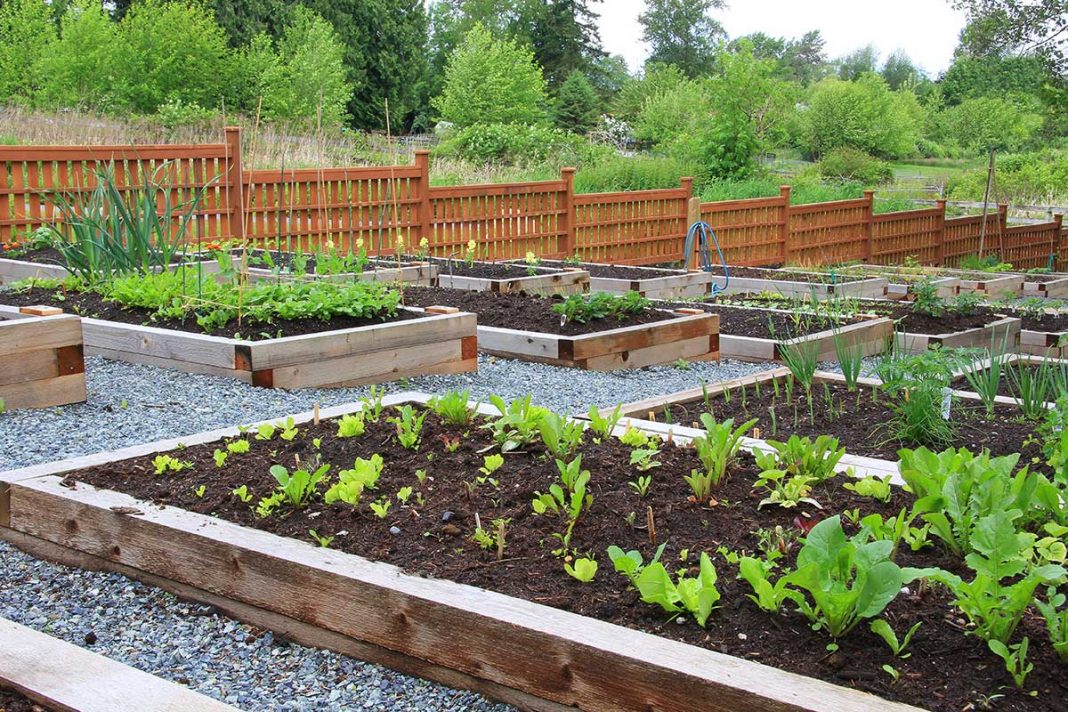ONTARIO – The Province of Ontario recently announced that community gardens would be allowed to reopen following the advice of local public health officials because they provide an important service to address food insecurity.
“These gardens are an essential source of fresh food for some individuals and families,” stated part of a provincial press release issued April 25 that announced the reopening of community garden spaces.
“Local medical officers of health will provide advice, recommendations and instructions that the garden must meet in order to operate, such as physical distancing and cleaning and disinfecting commonly used equipment and surfaces,” the release continued.
The push to reopen gardens has been ongoing since the restriction was enacted on March 30. When the government included community gardening spaces in their list of ‘outdoor recreation facilities’ that was to be closed, numerous community garden organizers, advocacy groups and local food movements began speaking out nearly immediately.
“I know a lot of the community garden membership and leaders in Manitoulin District were staying on top of all that advocacy work and doing some themselves by sharing petitions and speaking out,” said Local Food Manitoulin project manager Kristin Bickell, who also heads up the Child Poverty Task Force at Noojmowin Teg Health Centre.
An open letter penned by the Ontario Community Growing Network to the Ford government urging the reopening of community garden spaces had more than 7,340 signatures by press time Monday. Several names were from Manitoulin Islanders.
“I think in the beginning it was a bit of an oversight to include community gardens in the list of restrictions, which is understandable because the province is having to make huge decisions these days,” said Ms. Bickell.
There are 17 community gardens throughout the District of Manitoulin, with 11 communities being supported by Local Food Manitoulin for their garden spaces. Several families have come to rely on the fresh food provided by these spaces and many communities use the home-grown food in celebrations and special events (though perhaps not much this year) and plenty of the fresh food gets redirected to programs such as the Island’s food bank and the Good Food Box program.
“Families have been using these plots year after year at this point. When they start to rely on a space like that for their household to access seasonal healthy food sources, it does create an impact on how families access food, what they eat and how they cook,” said Ms. Bickell. “That played into the advocacy work, sharing information about how we know there’s a real dependence on these spaces.”
All of the food that gets directed to food security programs like the food bank is extra food in addition to what would otherwise be available, offering families access to fresh food that’s grown close to home in sustainable and healthy ways.
As part of its work, a committee at Noojmowin Teg is working to design specific protocols and signage that are customized for each growing space. This speaks to the direction from the province that each health unit will have to implement adequate protocols to manage these spaces.
“This will help to make sure that all community garden users can stay safe and healthy while accessing gardens this season,” said Ms. Bickell.





